Product Description
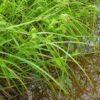
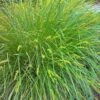
Carex stricta – Tussock Sedge
Native/Non-native – Native
Hardiness Zone – 5-8
Sun – Full sun
Moisture – Wet to moist
Size – 2-3′ height x 1-2′ spread
Comments
* Retention ponds
* Drainage ditches
Description
Carex stricta
Tussock sedge
A wetland native that forms dense tussocks of straw-colored leaves at the base with bright green new growth emerging from the top. Spreads via rhizomes. Found in wet meadows. Emergent aquatic.
Height2-3 Feet |
Spread3-5 Feet |
Spacing12 Inches |
Bloom Color |
USDA Hardiness Zone 5-8 |
Tussock sedge Interesting Notes
Sedge meadows are dominated by the sedges (Cyperaceae) growing on saturated soils. Most of the sedges present are in the genus Carex, but also present are those of Eleocharis (spike-rushes), Scirpus (bulrushes), and Cyperus (nut-grasses). Grasses (Gramineae), especially Canada bluejoint grass, and true rushes (Juncus), may also be present. The forb species are diverse but scattered, and may flower poorly under intense competition with the sedges. Soils are usually composed of peat or muck. Some sedges, especially the hummock sedge, form hummocks — also called tussocks — that may be accentuated by grazing and frost action. Hummocks are composed of undecayed fibrous roots and rhizomes. Sedge meadows often grade into shallow marshes, calcareous fens, wet prairies, and bogs. Occasional fires stimulate spring growth of the sedges while setting back invading woody vegetation.
The sedges of the genus Carex are mostly long-lived and competitive grass-like plants that have three-ranked leaves and triangular, solid stems. These traits are also shared with some species of Scirpus and other genera of the sedge family. This is opposed to the two-ranked leaves and cylindrical, hollow stems of grasses, or the apparently “leafless,” cylindrical, solid stems of rushes (Juncus). The diagnostic character of Carex that distinguishes them from all other plants is the perigynium, a papery flask-or sac-like structure that encloses the pistil, which at maturity develops into a nutlet. Mature perigynia are usually required for positive identification of the species.
There are over 150 species of Carex in Minnesota and Wisconsin, many of which are found in wetland habitats. Because they have specific habitat requirements, Carex species are good indicators of environmental conditions such as soil and water chemistry, water levels, shading, silt deposition, and floating mats.
The fertile organic soils associated with sedge meadows have traditionally been used for muck farming. The lowering of water tables through artificial drainage is suspected of causing shrub invasion in some of the remaining sedge meadows. Northern Prairie Wildlife Research Center
Sedge meadows are the result of flooding. They are most easily found in early spring. Areas that are low-lying and flat near rivers and streams will accumulate with a few inches of water. The rest of the year, sedge meadows rarely have standing water. Sedge meadows are most successful when the soil remains saturated most of the time. This allows for the abundant growth of a kind of grass called a sedge. The Egyptians used a special kind of sedge called papyrus to make paper. There are about one hundred fifty kinds of sedges native to Illinois. The most common is the Carex stricta.
The soil in sedge meadow is formed from the decomposition of sedges like the Carex stricta. When a sedge grows it forms a symmetrical lump or hummock in the water. The soil between the tussocks of Carex stricta is peat that was created by the decay of the underground roots and stems of this plant. When peat dries out, it burns easily. As a matter of fact, peat is used in some countries as a form of fuel. Fires are a natural occurrence in a sedge meadow. In years of drought, fires will clean out the sedge meadow of invading woody plants. http://www.twingroves.district96.k12.il.us/Wetlands/Sedge/Sedge.html
Carex stricta Growing and Maintenance Tips
Prefers moist to wet soils but can grow away from bodies of water as long as adequate moisture is provided. Spreads via rhizomes. Propagate by division of clumps every few years. Cut foliage to the ground in early spring before new growth occurs. Use as a border to ponds and along streambanks as a groundcover.



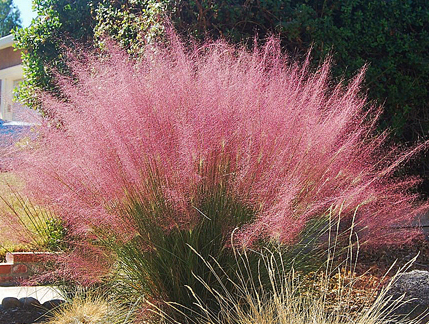
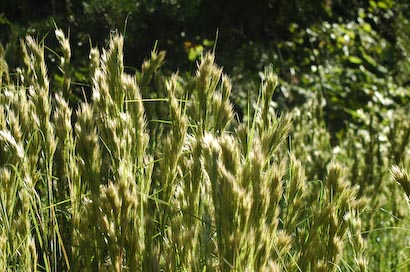
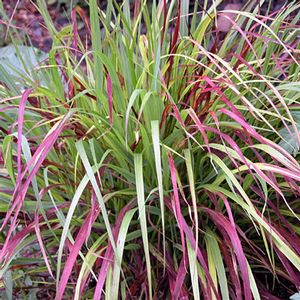
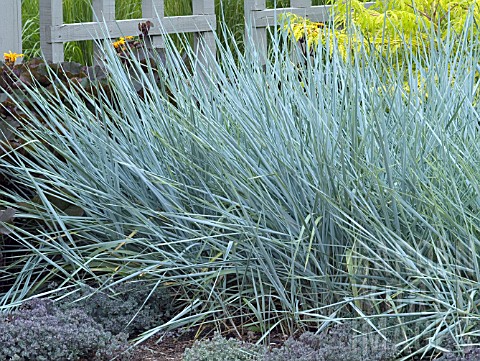


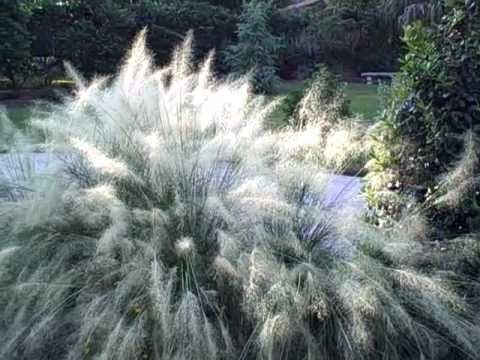
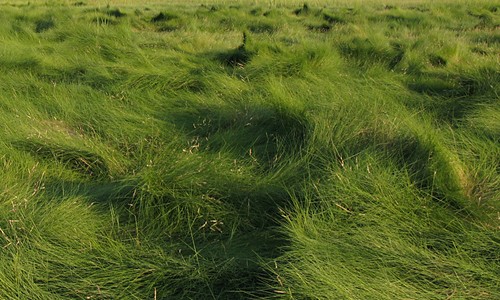
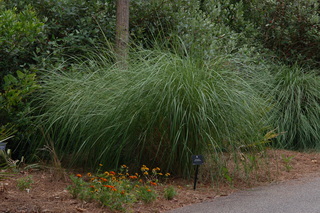
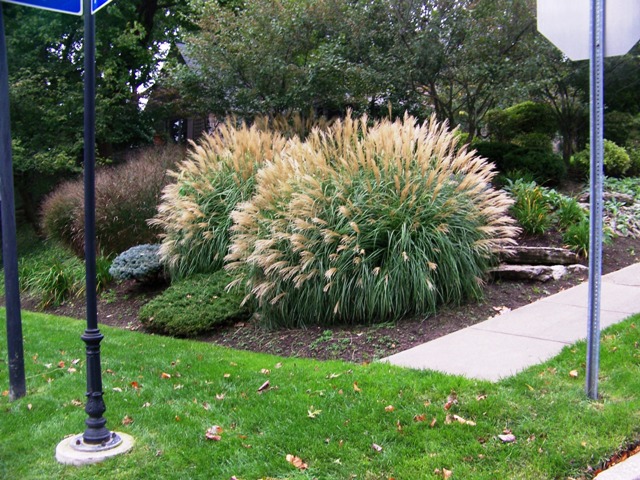
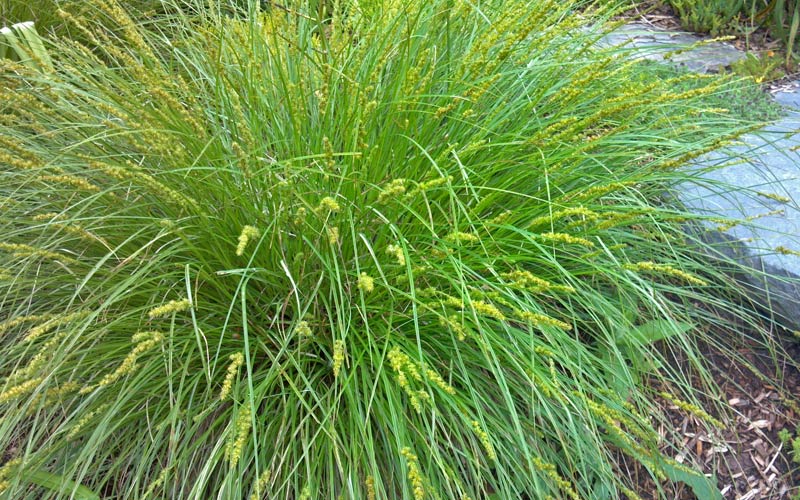
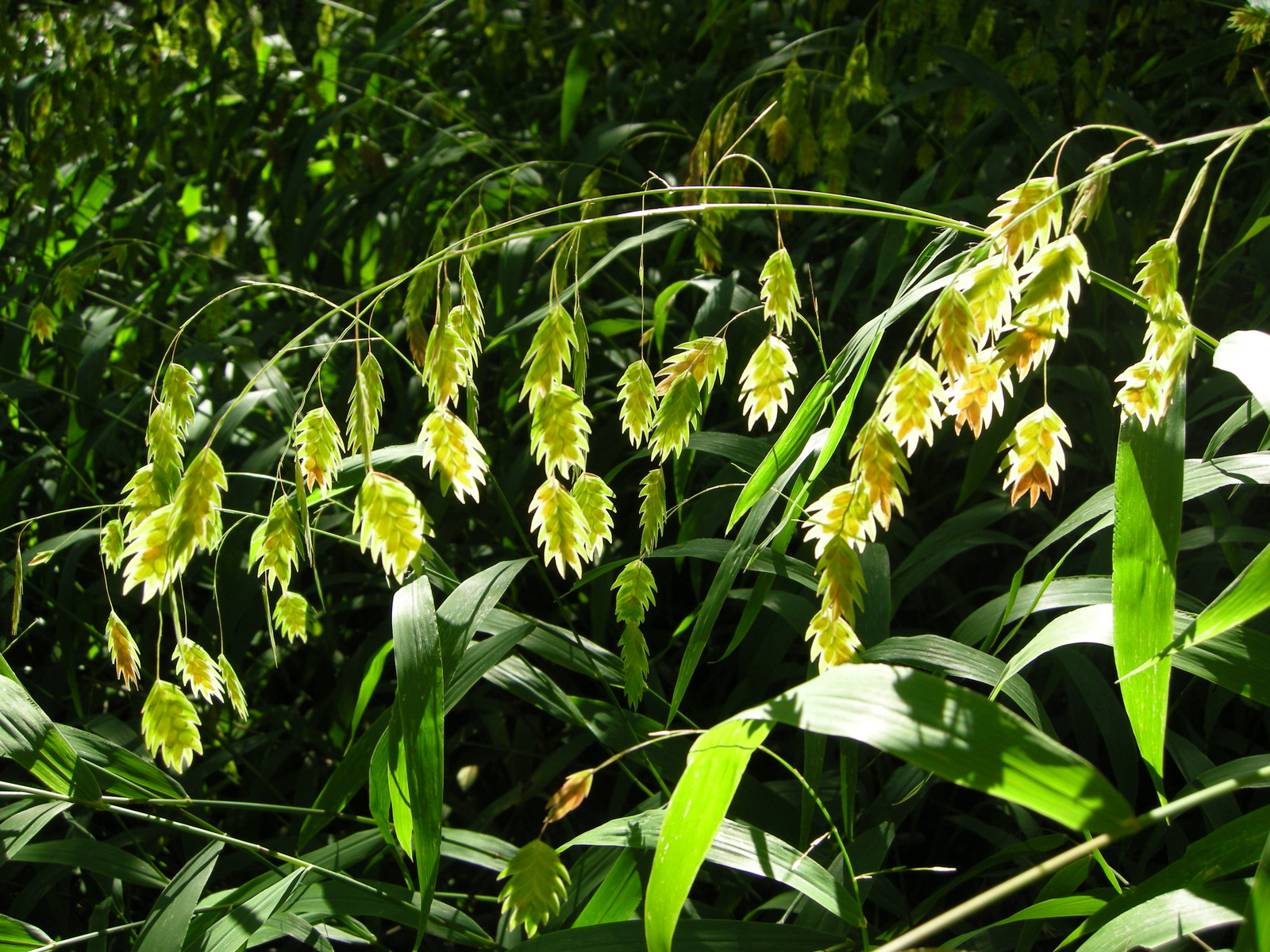

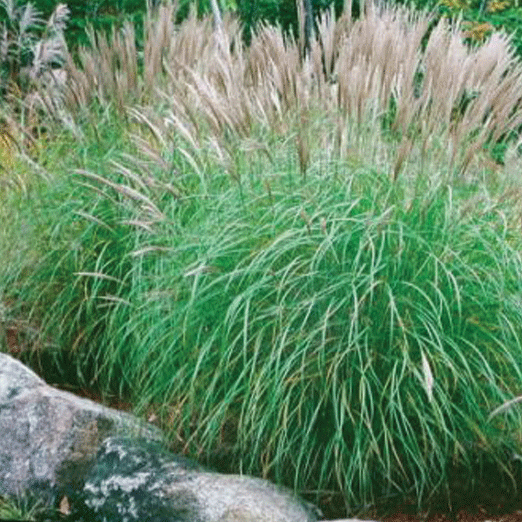
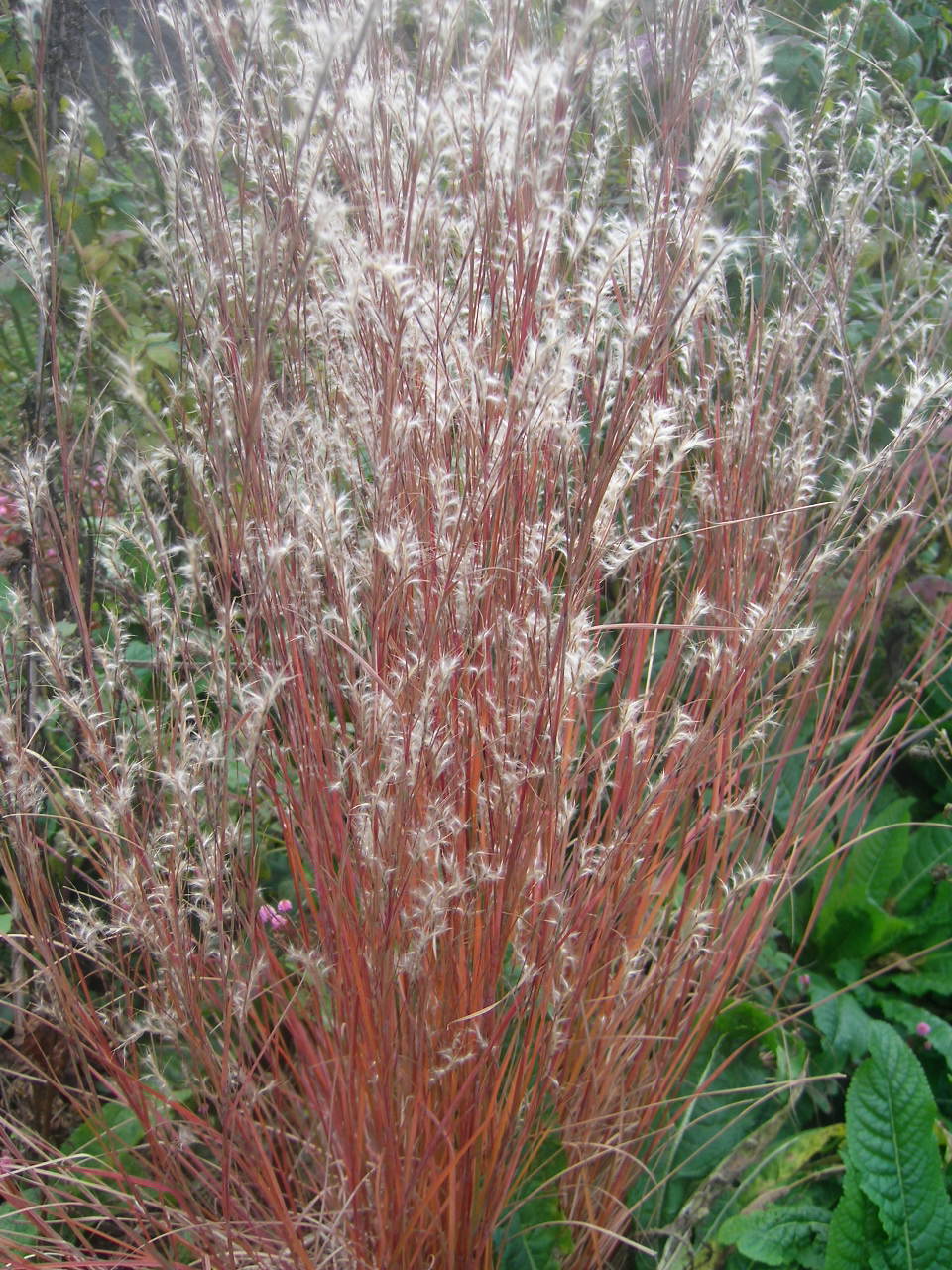
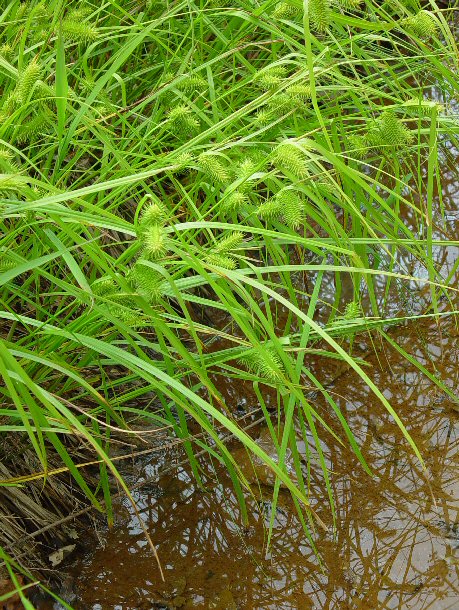

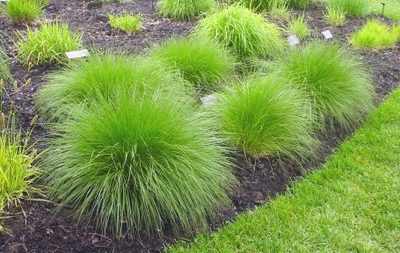
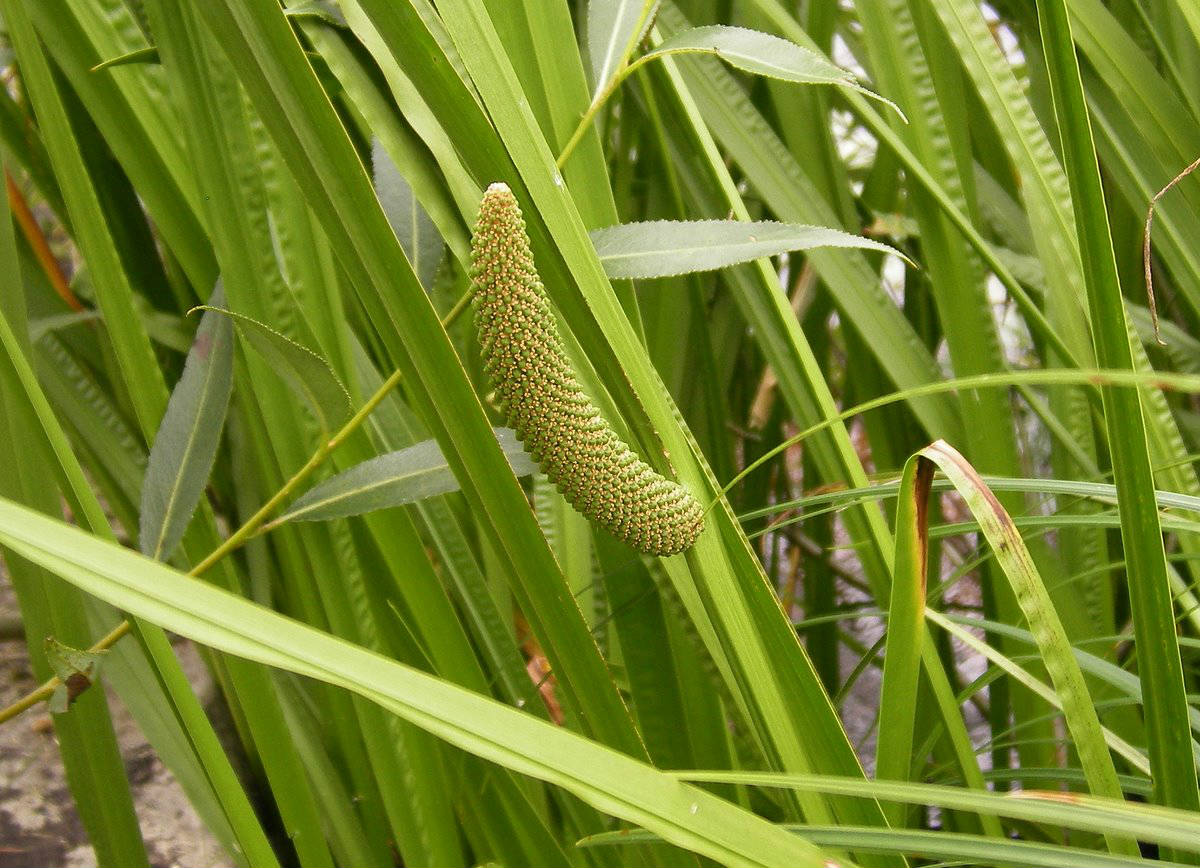
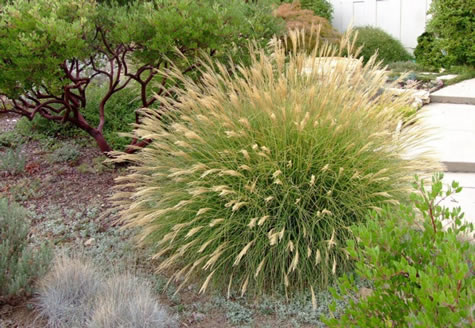

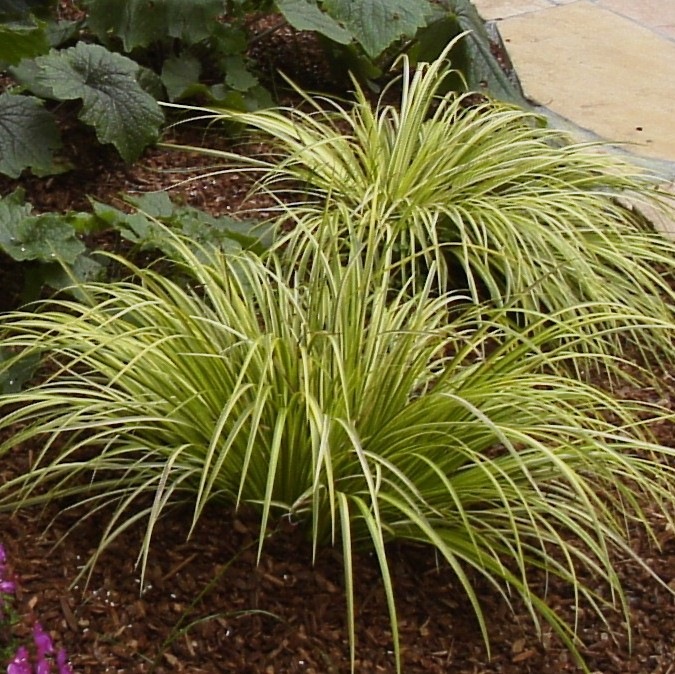
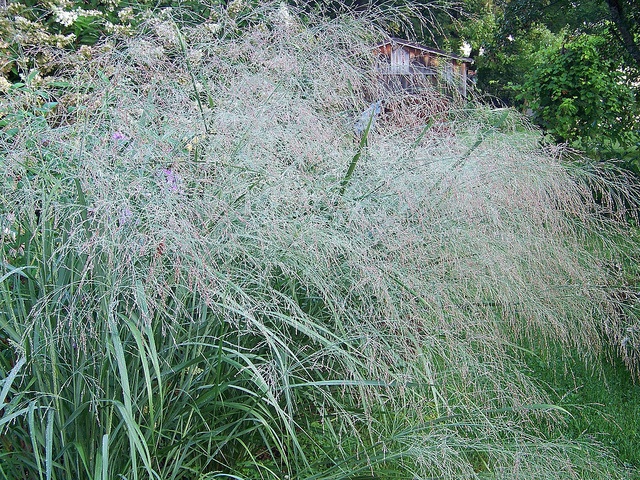
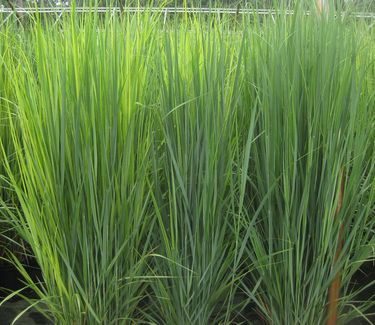
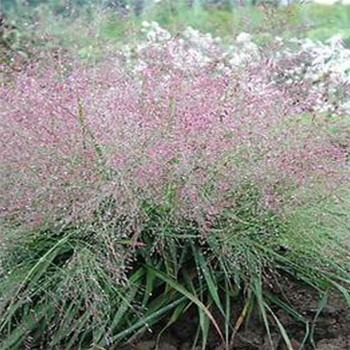
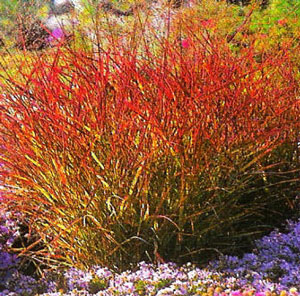
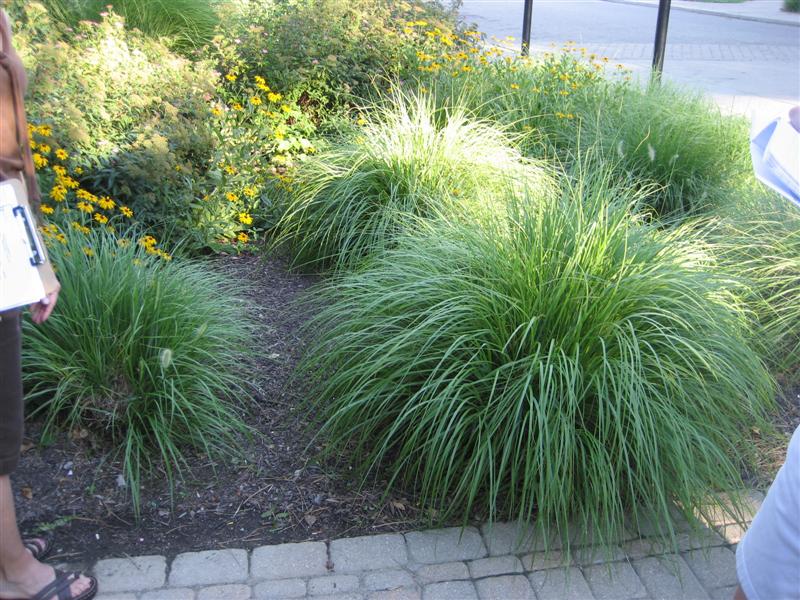
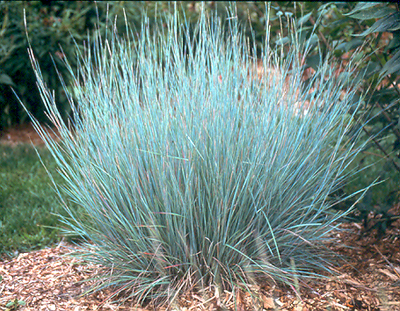
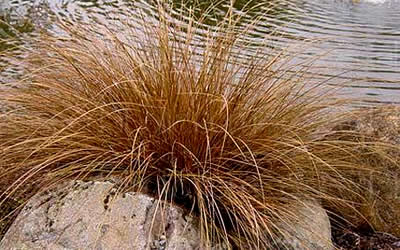
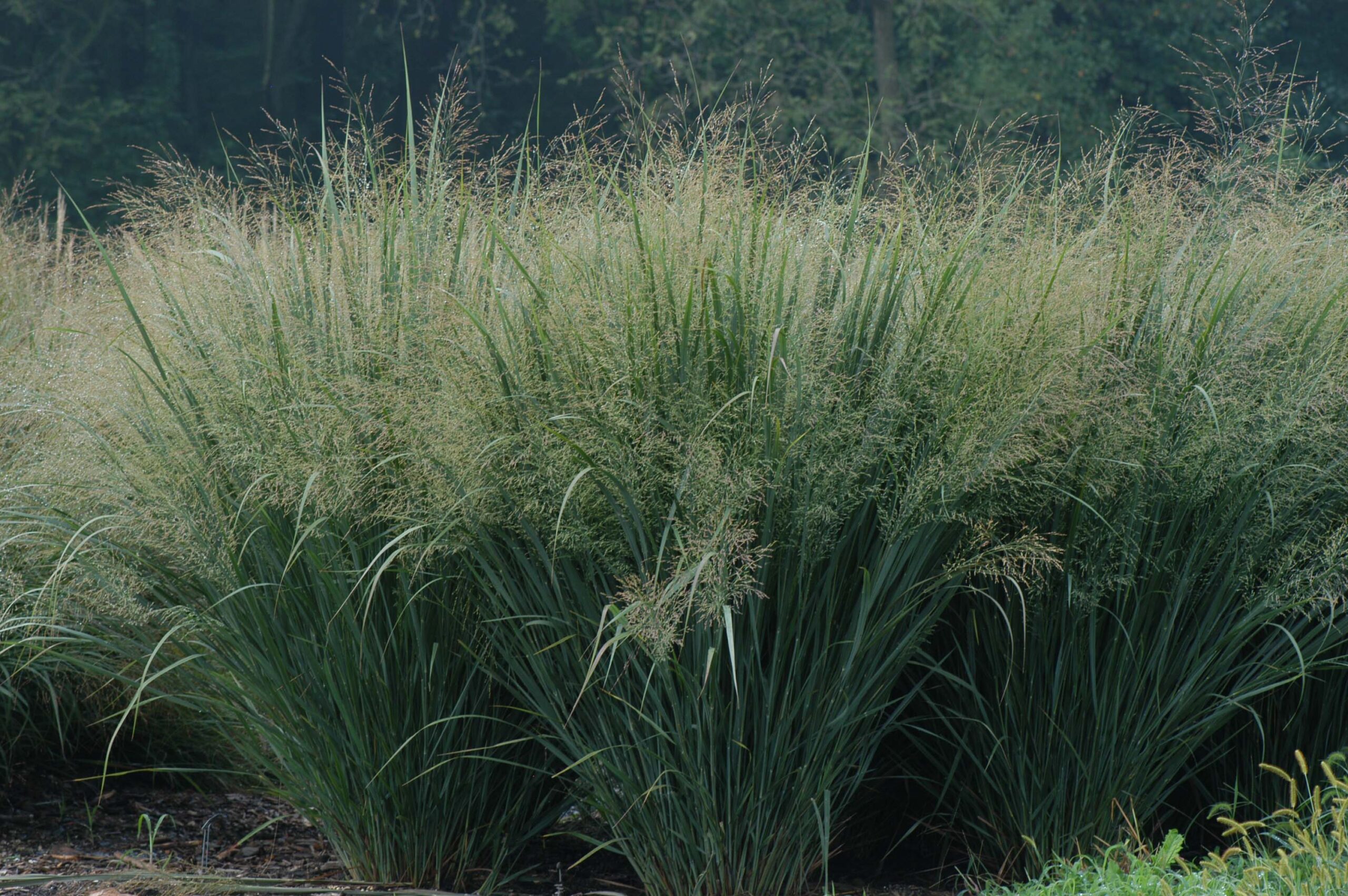

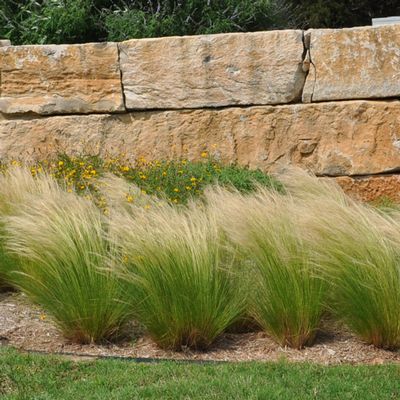
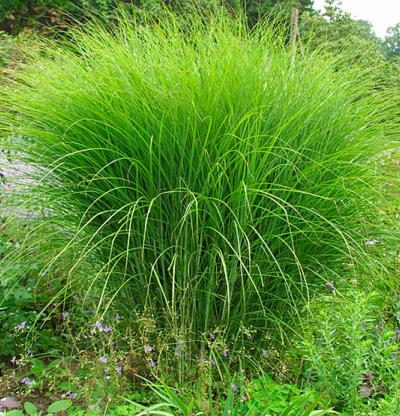

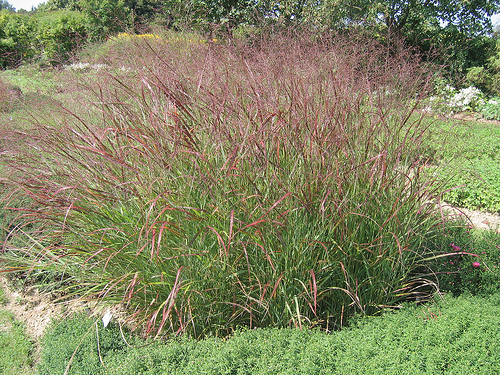
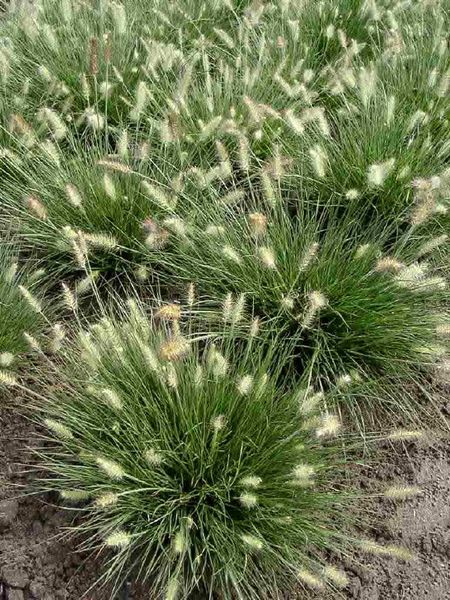


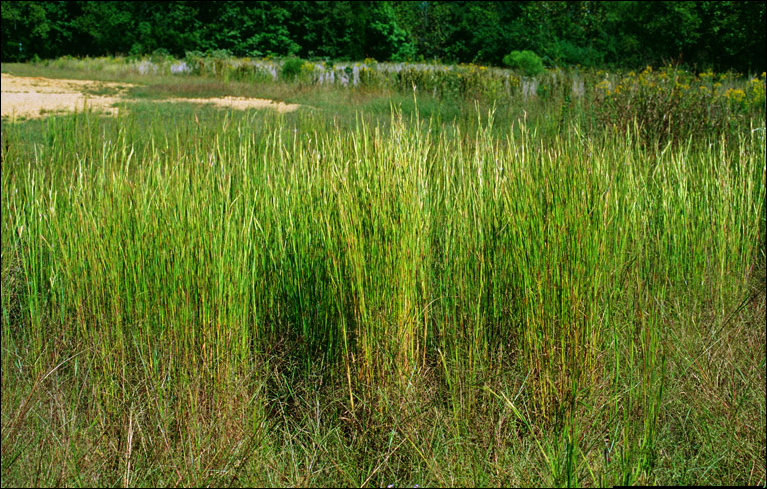
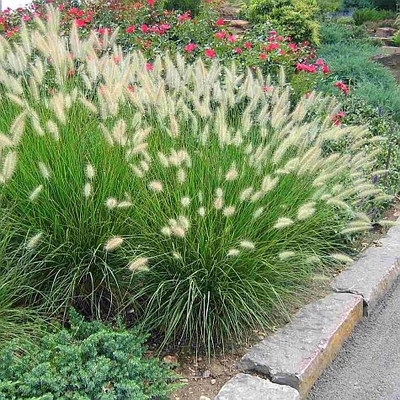
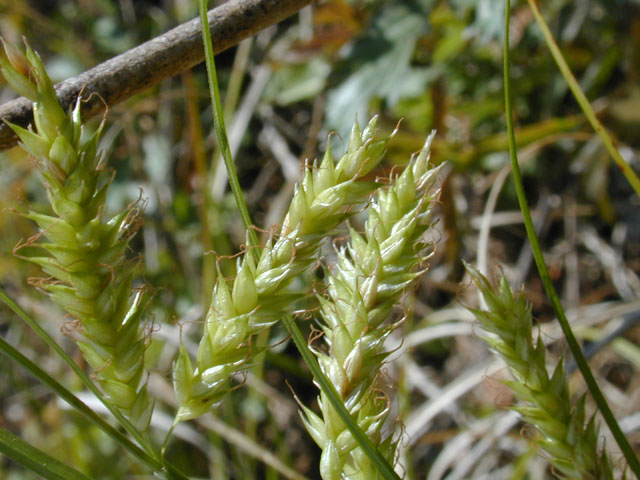

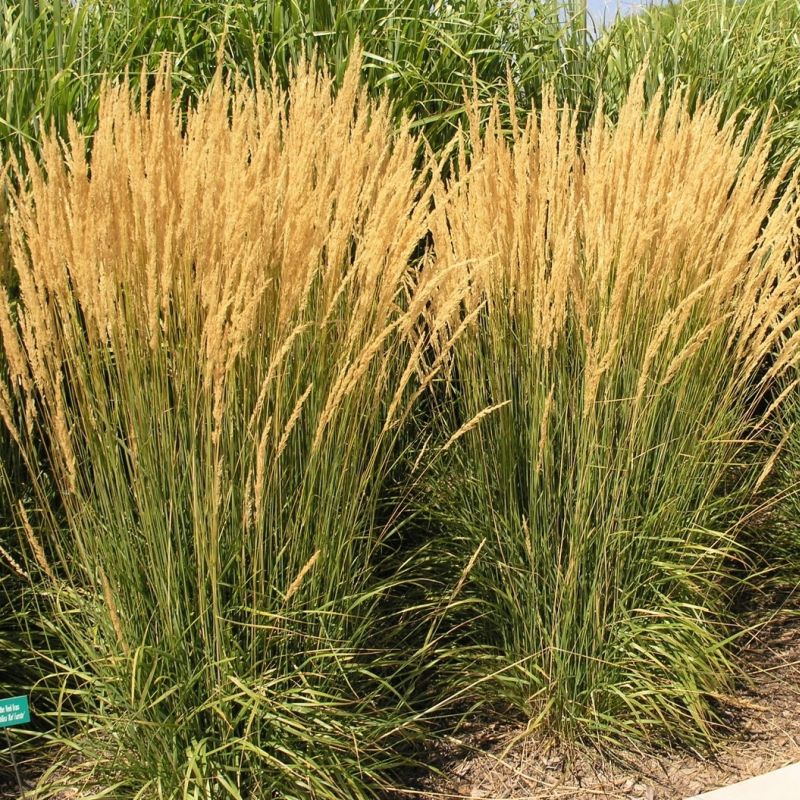
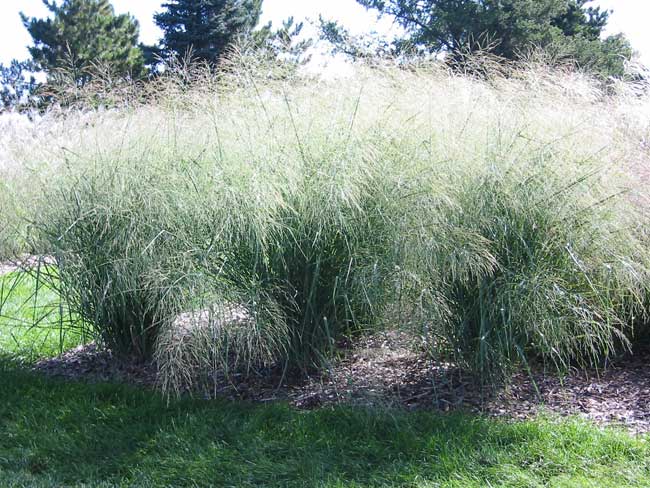
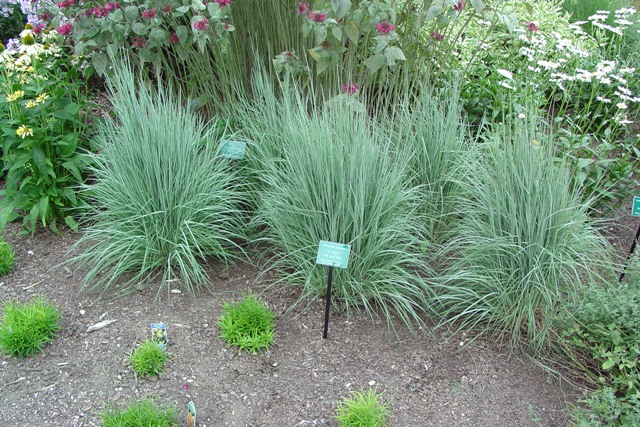
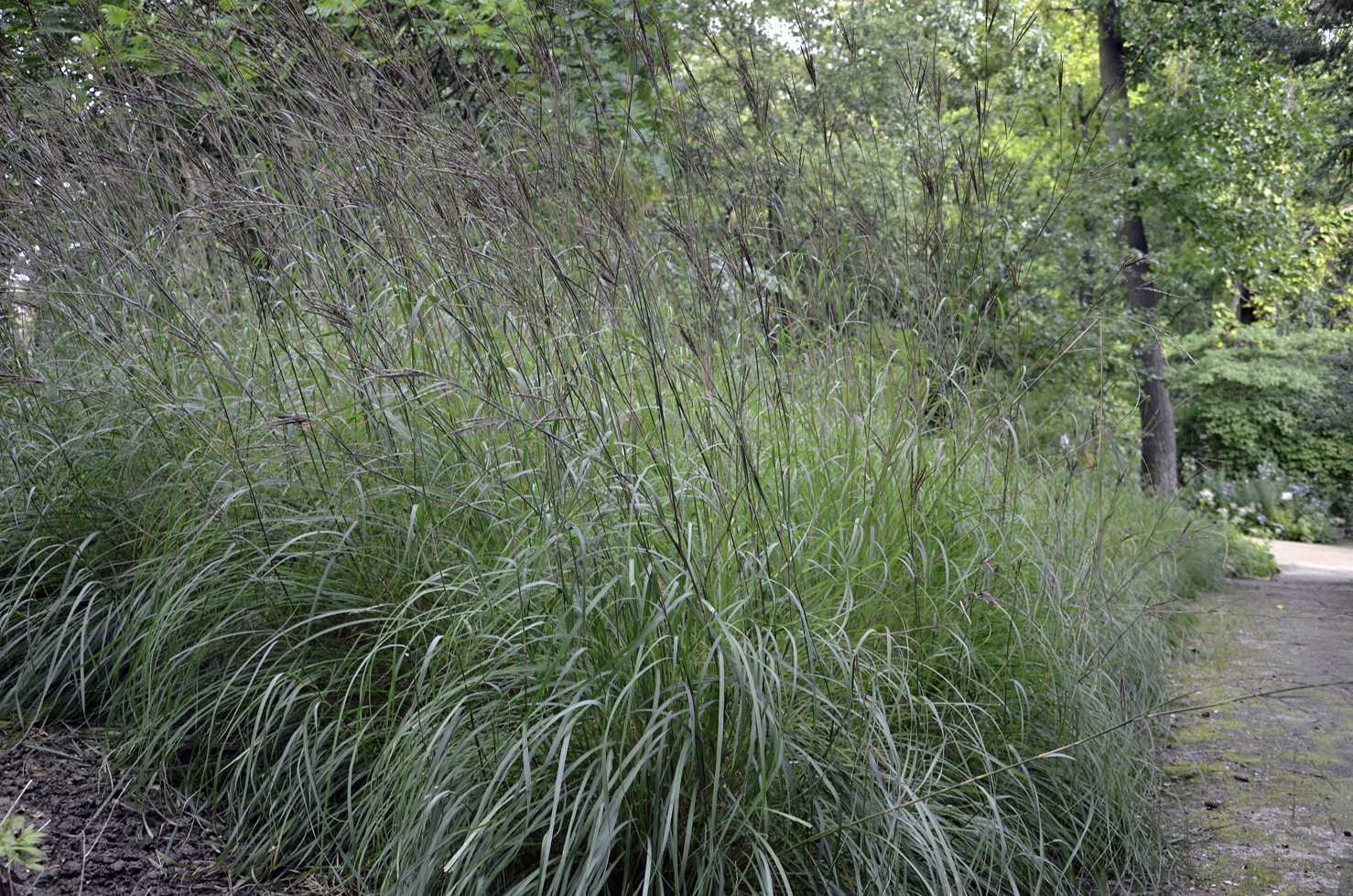




Reviews
There are no reviews yet.